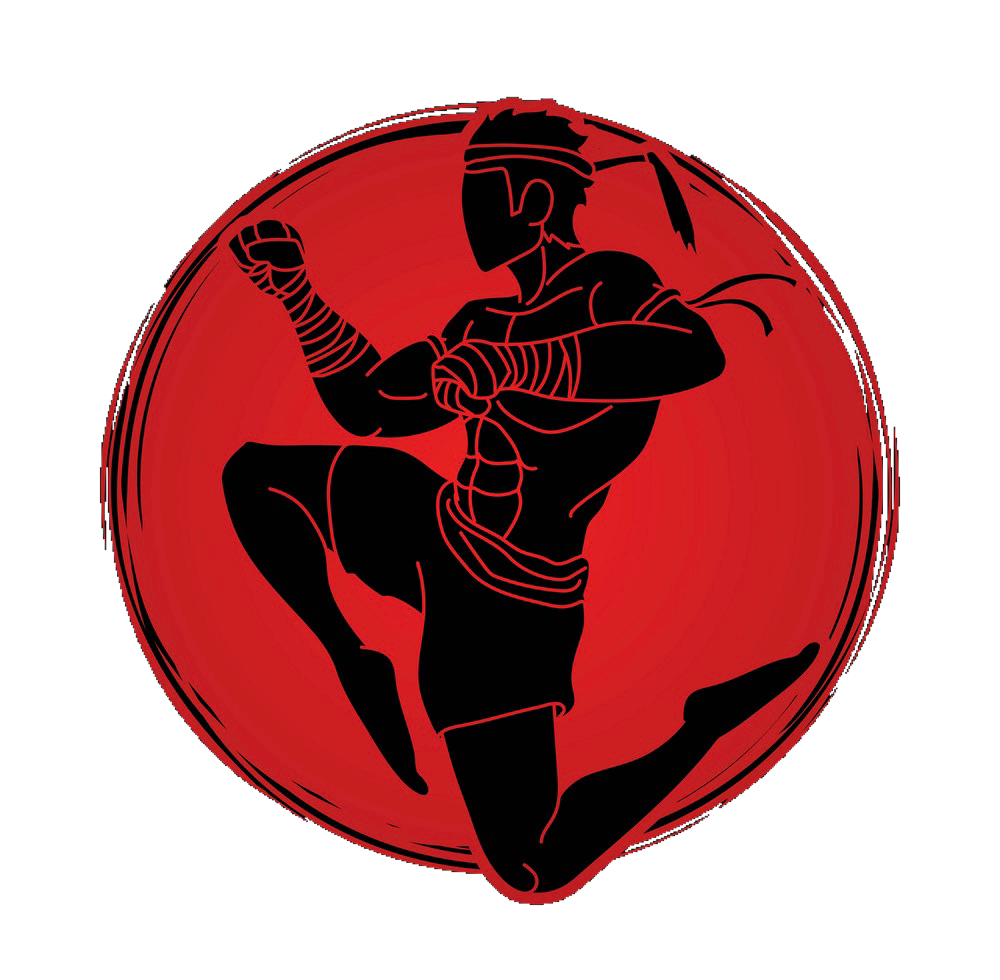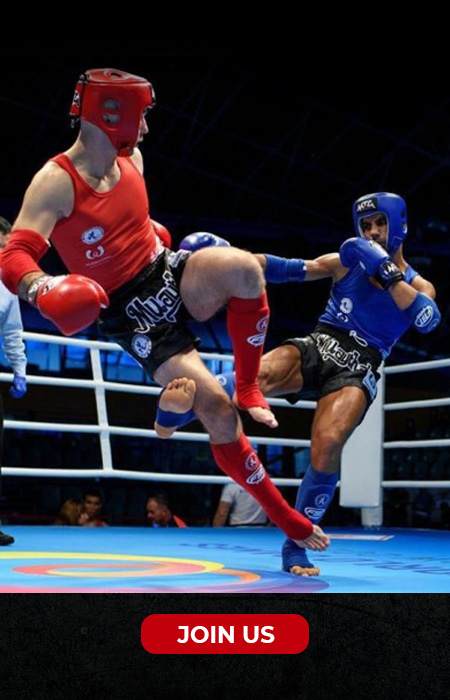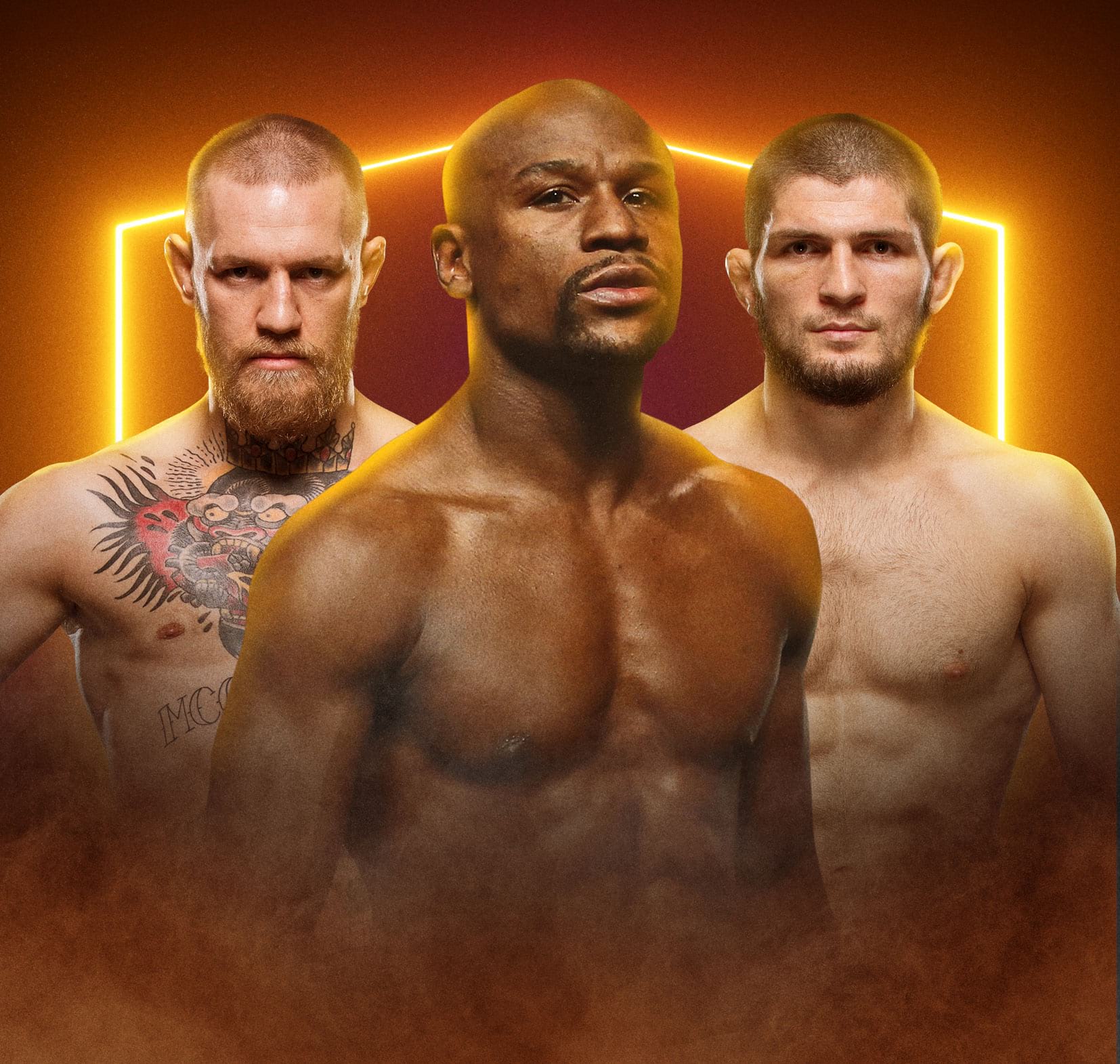The host hotel on the week of a boxing event always produces an eclectic mixture of humanity that you won’t see anywhere else. If you’re in the sport, you can identify boxing people right away. For one, they’re almost always in a tracksuit and a flat-brimmed cap adorned with the name of the fighter they’re affiliated with, or of course, their own name. Boxing people like to congregate in the lobby, perhaps because they want to be seen, but in a more crucial sense, they’re often waiting for instructions from the promoters’ liaisons as to where to go next, how to get there, and where their per diem is coming from. By the morning of the day before the fight itself, the lobby is populated by skeletal looking figures, their tracksuits now hanging off of them, dark sunglasses covering their drooping eyes as they groggily shoulder past people in polos and lanyards.
Ultimately, the fight crew is always sharing space in the hotel with a wedding, some kind of convention, or both. This past weekend in Arlington, Texas, William Zepeda and the fighters on his undercard mixed with a raucous wedding and a rheumatology conference featuring doctors from across the country. If you were a layperson entering the hotel without any boxing knowledge, you very well may have thought that Zepeda was one of the physicians rather than a fighter.
Zepeda is as unassuming a fighter as you’ll ever meet. While his team members wore grey tracksuits with his commissioned logo on them, the day before the fight, Zepeda walked around in a cutoff t-shirt not related to boxing at all, and a shoulder bag slung over his torso. There were no sunglasses on his face, no evidence that he had dehydrated himself hours before at the weigh-in, just an earnest, friendly smile that never seems to leave his face until the bell rings. His haircut is neat, his eyes warm and inviting of conversation.
Growing up in a family of shoemakers, Zepeda always had dreams outside of boxing, even while he was succeeding in the sport as an amateur. He took an interest in the medical field, once wanting to be a pediatrician, before deciding that animal care was more interesting.
“I still would like to be a veterinarian, but I don’t think I’ll have time,” Zepeda said jokingly.
He also found a passion for architecture, and while he has several investment properties that he says could buoy him financially even if his career ended tomorrow, he wants to be even more hands on, planning to study architecture after his career so he can build the structures himself.
When the bell rings however, Zepeda transforms from a curious architecture nerd into the human embodiment of a jackhammer, and suddenly the opposite is jarring. This ferocious, powerful volume puncher, who statistically attacks his opponents with more furor than nearly anyone else in the sport is potentially at home during his downtime watching animal videos and studying blueprints.
On Saturday night, Zepeda knocked out Jaime Arboleda in two rounds, a whirlwind performance that further cemented him as one of the most intriguing rising contenders in the sport today.
Zepeda was a fight removed from a computer-busting coming out party against JoJo Diaz last October, breaking the all-time CompuBox record for punches thrown in a lightweight bout with 1536. Perhaps most astounding about the totals is the fact that he threw more jabs (787—also a CompuBox record for jabs thrown) than power shots, illustrating the fact that Zepeda might throw with the frequency of a madman, but he is indeed a thinking fighter.
On this night however, there was very little thinking required. Zepeda said prior to the bout that Arboleda’s height and reach “could be complicated,” but that if he got to the inside, he knew he would be able to get his work done. So that’s what he did. His footspeed and punch output made Arboleda instantly uncomfortable, even before he felt Zepeda’s lethal power. Zepeda’s rapid pacing can be traced back to his origins in the sport. Like many, he came to the sport initially looking to lose weight, but even as he became a world-class boxer, he maintained a particular affinity for the cardiovascular aspect of his training. These days, he runs in Jiquipilco, Mexico, a popular spot for fighters like Juan Francisco Estrada and Mauricio Lara for its altitude, nearly 3000m above sea level.
“The spot that we run in though,” Zepeda’s trainer Jay “Panda” Najar says, gesturing upwards. “Even higher.”
Zepeda, who engages in what Najar describes as “scary” sparring sessions with stablemate and fellow action star Subriel Matias, found no such resistance on this night. He scored three knockdowns in the second round, all on the same devastating shot, a left hand—his power hand–to the liver of Arboleda. Each time it landed, it sent Arboleda to the canvas. The first two times, he was able to gather himself and make it to his feet, but after the second knockdown he looked over at his corner, for solace, for advice, or both. But nothing, even his fighting will, could rescue him from the agony of the third shot, which sent him rolling around on the canvas before assuming a prone position on the floor as one does when they’re just laying and waiting for the pain to stop.
Zepeda left the hotel on Sunday sporting a small token nodding to his profession, a pendant with the Golden Boy Promotions logo, which rested near the collar of his t-shirt with a photo of Hasbulla on it. His face looked the same as it did two days prior, having been relatively untouched in the fight. No cuts, no marks, just his friendly grin sitting atop his chiseled jaw. He made his way to the airport, ready to go back home to San Mateo Atenco and see his beloved dog Benson.
Corey Erdman is a boxing writer and commentator based in Toronto, ON, Canada. Follow him on Twitter @corey_erdman



















Leave a Reply